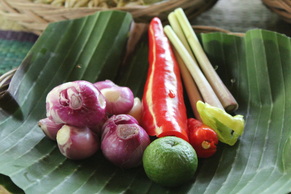 If you know me personally or have read my blog before you probably know how much I love to try different cuisines and learn how to re-create them in my home. For me cooking is a great way to unwind after a long day at work, an enjoyable hobby and an artistic outlet. I've been fortunate to have taken cooking classes in Japan, Vietnam, Cambodia, Laos, Thailand and Korea and so I decided to add Indonesia to the list. Finding a cooking class that is the right fit can be difficult - does the class balance cultural insight with the cooking instruction? Do you get your hands dirty or are you, the student, regulated to standing off to the side watching the instructor? And most importantly, for me, are there vegetarian dishes and if so are they popular foods adjusted for dietary restrictions or something that the locals might not recognize? The food I want to learn how to make is every day food - things people eat at home, though typically that needs a bit of tweaking so I can eat it. I spent as much time researching cooking schools in Bali as I did hotels and guesthouses for my trip. There are a variety of cooking schools on the island, many of them located in or around the town of Ubud. Many of the guesthouses also offer cooking classes and I ended up signing up for one at the guesthouse where I stayed. Unfortunately that experience was highly disappointing so I was very thankful I also had a reservation with fellow travelers at the Green Kitchen Cooking Class. I found Green Kitchen online when I was searching for cooking classes while still in Korea. I appreciated that they had an entire vegetarian menu in addition to a rural location outside of Ubud. The class cost 330,000 rupiah (~33USD) and included pick up and drop off in Ubud. The only catch was that you needed a minimum of 2 people and since I was traveling alone that created a conundrum. However, I was easily able to find fellow single travelers who were also interested in a cooking class on Couchsurfing and we all signed up. So, early one morning with three other foreign tourists I hopped into an SUV and we headed away from Ubud for our cooking class. 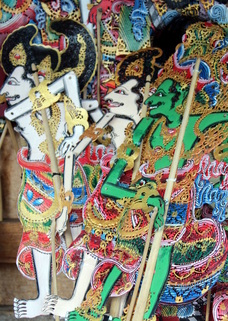 Our first stop on the way to the cooking class was a local market (pictured above). Most people in south east Asia don't shop at grocery stores like in the United States and other Western countries. Instead they shop at small stands that are part of a larger indoor/outdoor market. Local farmers bring in products they grow on their land and people visit the market daily to pick up fresh meat and produce for their meals. Our guide led us through the market and pointed out various points of interest, describing some items while explaining the significance of others. He also picked up a few items from the market, produce that they do not grow on their own farm. The market was similar to those that I have been in other countries throughout South East Asia so the experience was not necessarily new to me. However, we happened upon one stall which will forever make it memorable. A man there sold handmade shadow puppets that are used to tell the Ramayana, a popular Hindu epic. These carefully carved puppets are made out of cow hide and then painted with bright colors. The price of these beautiful pieces of art? A mere $15 USD (I suspect he might have upped the price because we were foreign tourists but the price was still incredibly low). After I happily bought 3 of the puppets we made our way back to the car to the cooking school.  After arriving at the main house we were given a quick tour of the grounds and the family temple before heading out to gather fresh produce for our lunch. This involved a trek through the rice paddies that bordered the small town. If you've never seen a rice paddy up close you might be surprised to know that rice grows in water. The paddies of Bali are typically terraced with water running from the paddy at the highest elevation into those below. Naturally this means that our walk was a bit muddy and so it was not surprisingly that by the end of it were had mud caked on our shoes, up our legs and in my case on my dress (I slipped and fell). 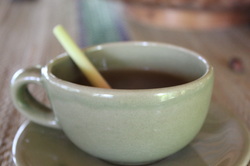 After we made our way through the rice paddies we walked up the road to a secluded out door traditional Balinese kitchen. We sat down and enjoyed a cup of tea before our guide described the typical ingredients of Balinese food including rice, fresh vegetables, garlic, ginger, peanuts and so much more. After we had rested a bit the cooking aspect of the adventure began, we reviewed the recipes for the day and were introduced to various cooking techniques including how rice is steamed in a bamboo basket over a pot of boiling water. We also learned how to break up a coconut and grate it in order to make coconut milk and oil. During our entire lesson we could hear a religious ceremony being conducted at a Hindu temple below in the valley. The chanting offered a soothing background noise to the entire event. Rather than bore you with the details I'll just post the photos of the cooking lesson below because I believe they speak for themselves.
0 Comments
Leave a Reply. |
| Mindy in the City |
|
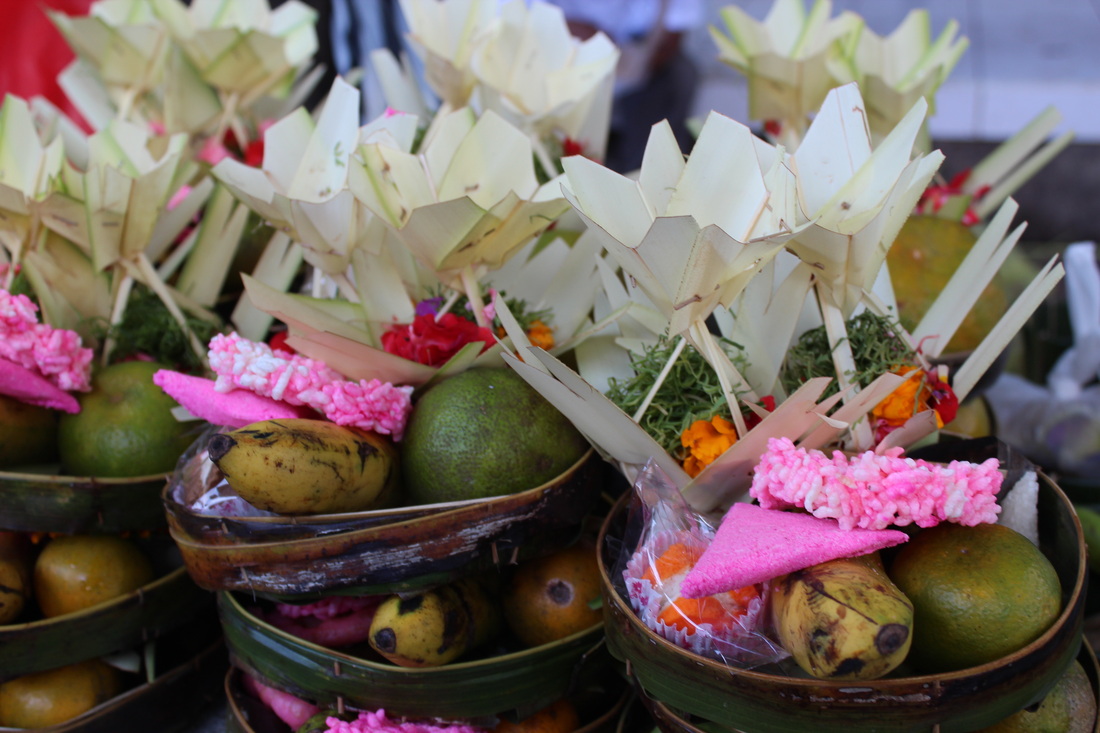
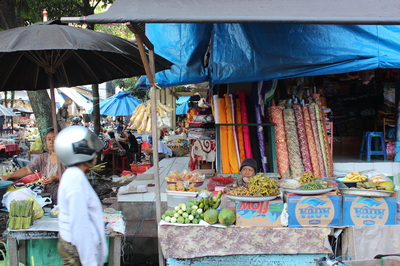
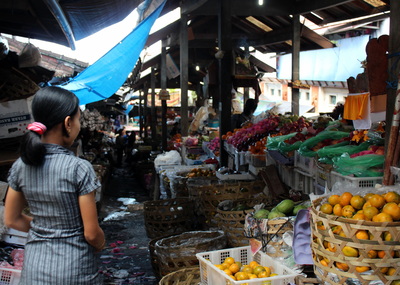
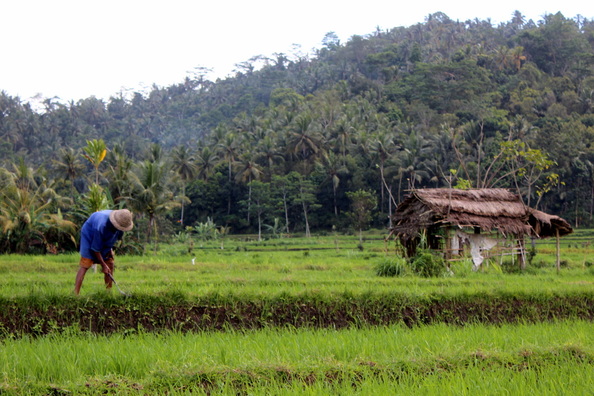
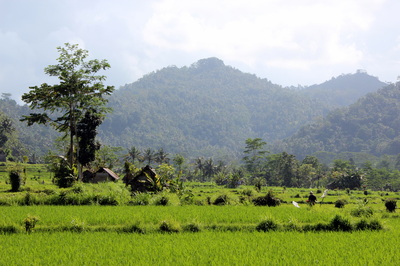
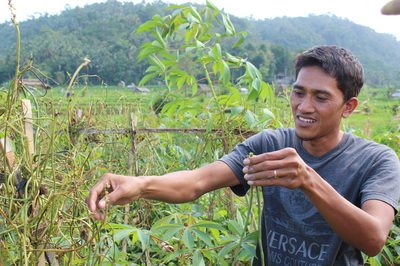

 RSS Feed
RSS Feed